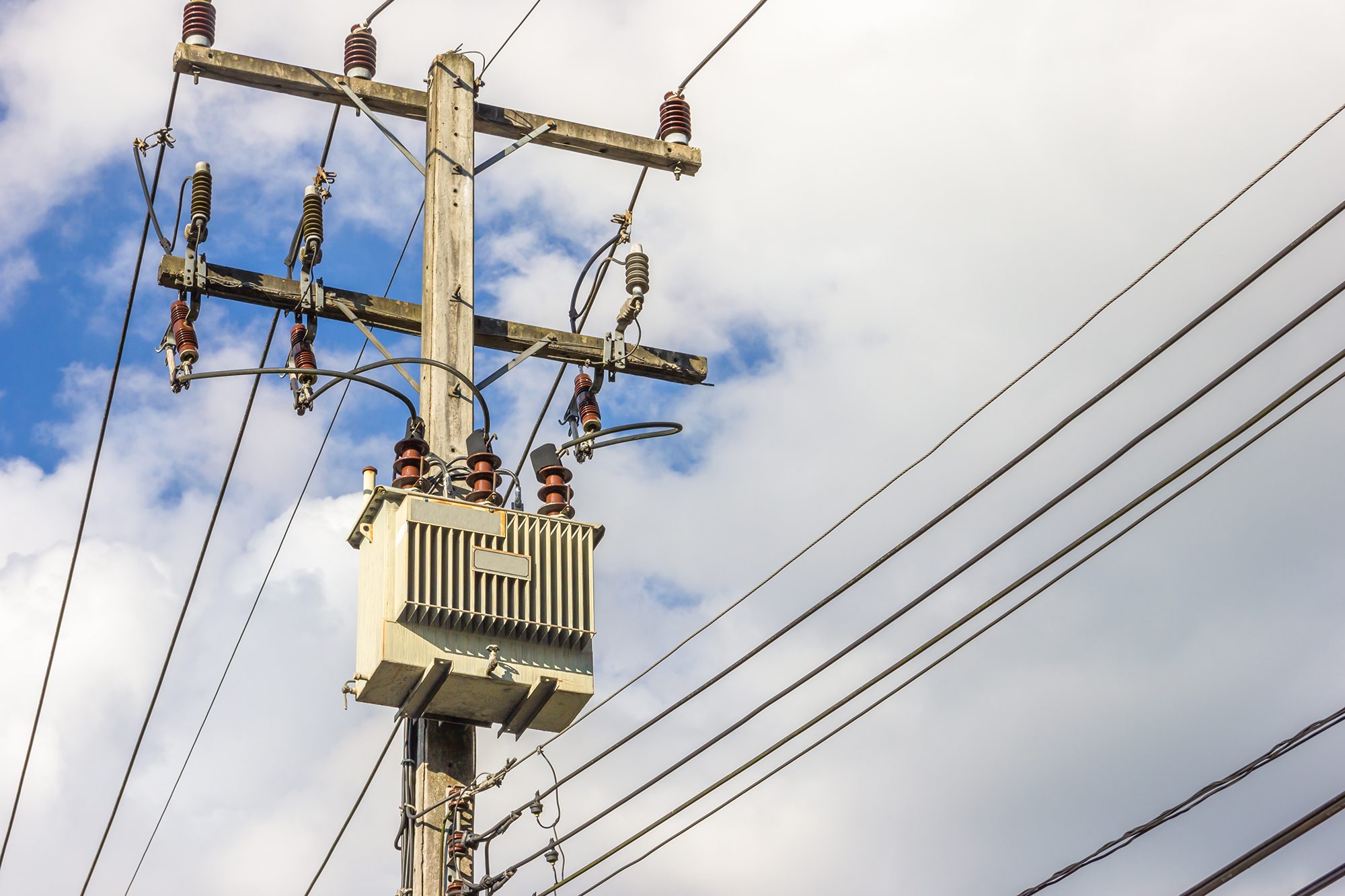 Wood is an essential building material, and this post explains how electric utilities maintain wood infrastructure for a longer lifespan.
Wood is an essential building material, and this post explains how electric utilities maintain wood infrastructure for a longer lifespan.
In the earliest days of the power grid, wood provided the main backbone of the system – cross arms, braces, guy guards and molding. Today, while utilities also build with steel, fiberglass and other materials, the unique qualities of wood continue to make it an important building material for electric utility infrastructure.
If utilities want to get the most out of their investment, they need to know how to buy, install and manage wood throughout its entire lifecycle.
Proper maintenance: How electric utilities maintain wood infrastructure
While the lifespan of wood infrastructure is considered by some to be 25-40 years, it can and has lasted much longer (in some areas of the country over 80 years and counting). How can utilities reliably assess the strength and resiliency of older assets?
Visual assessments help, of course. Most utilities schedule regular inspections of wood arms, poles and other assets in the field, which is crucial for addressing loose or missing hardware and doing proper vegetation management. Structures can be tested for vertical and transverse loading, and oftentimes, braces or minor structural modifications are all that are needed to extend service life for many more years. This is relatively more affordable than replacing entire structures.
Wood has unique qualities that continue to make it popular. In addition to visual appeal, the lower cost and electrical conductivity of wood give it appeal for safety and value-conscious buyers. Its low-maintenance and significant durability give it staying power.
Where wood works well
Like any product, the key to using wood materials begins with understanding the right circumstance for choosing the material.
If wooden H-frame structures are knocked down during a storm, for example, should they be replaced with wood or steel? This is a common question. Immediacy and material availability often play a part in the decision process. Wood replacements are chosen much of the time because they lead to restoring power more quickly and more cost effectively.
On the other hand, if there’s more time to explore other options for this type of structure replacement scenario, a steel product might be the right choice, depending on the circumstances.
Ultimately, wood can be a superior alternative to steel or fiberglass. Wood braces, for example, provide superior mechanical strength while meeting important basic insulation level (BIL) requirements. Similarly, a wooden alley arm brace delivers greater strength than a formed angle iron brace, with less weight.
Fiberglass has yet to prove to have as long of a service life in most of the U.S. Douglas fir, the gold standard for solid wood utility infrastructure, is a material with tremendous resistance to sun damage. Its deterioration rate is a mere quarter inch per century, which makes it an ideal product in areas of high ultraviolet radiation. Wood guy markers also work well, significantly outlasting most resin-based, plastic guy guards.
How to evaluate wood quality
Visual grading has long been a key approach to rating wood. Identifying acceptable characteristics such as rate of growth, seasoning checks, slope of grain, pitch pockets, rot and knots remain vital to understanding wood quality.
While some say newer wood is of lesser quality than old, it’s important to understand that since grading standards have remained unchanged over the past century, wood of a verified grade is the same quality as ever. Glue-laminated wood is an effective and popular alternative to sawn lumber, offering consistent strength properties and lower moisture content.
All wood standards must meet their respective material specification, as called out in the ANSI 05 document series, and must be treated per American Wood Protection Association (AWPA) standards.
How it’s made matters
Certain production techniques can further enhance the strength of wood used for utility framing.
Proper pressure treating of the wood has extended the lifespan of components like cross arms and braces to well over 50 years. Hughes Brothers, Inc., for example, uses proprietary Hughes P9 oil with pentachlorophenol in pressure treating. The manufacturer has two large “retorts” for pressure treating (40 and 65 feet long each).
Additionally, small incisions made on all faces of cross arms help preservative penetration. Hughes operates its own preserving facility in accordance with Environmental Protection Agency (EPA) guidelines on site.
NOTE: Buyers should always conduct an inspection either at the point of manufacture or upon delivery.
The now iconic X-brace (invented by Hughes Brothers around 1929) is a good example of a product that improves resiliency – its development was an early example of how full-scale testing can be used to this day. Full-scale tests of X-braced frames showed a drop in top deflection and overall increase in transverse strength.
Other examples of quality wood construction include tapping steel-fitting holes to ensure that, even as timber shrinks over time, connections remain static free. Utilizing metal connections allows for drainage of moisture, leaving no place for decay to develop.
This post was drafted in partnership with Hughes Brothers, Inc.
Related posts
Substation and distribution automation a necessity for utilities